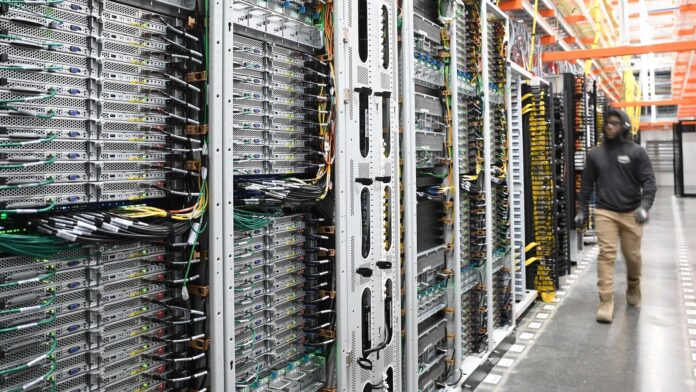When discussing the cloud, one rarely talks about the indispensable network that connects it: the global high-capacity network. In particular, Amazon Web Services (AWS) has the AWS Backbone Network, one of the most sophisticated private networks in the world.
This fiber optic infrastructure, both terrestrial and submarine, connects multiple regions, Availability Zones, and AWS Points of Presence, notable for its low latency, robust redundancy, and enhanced security. What users think of as the Internet actually travels through Amazon's private routes.
AWS has created a global network that spans 37 regions and more than 117 Availability Zones. With hundreds of essential points of presence for your CloudFront CDN, they serve customers in more than 245 countries and territories. This backbone has more than six million kilometers of cables, integrating underground and submarine links.
The distinctive characteristics of the AWS Backbone include built-in security that encrypts all traffic, low latency thanks to congestion reduction by avoiding the public Internet, and high redundancy that automatically redirects traffic in the event of failures. In addition, it integrates with services such as CloudFront and Amazon Aurora to improve content delivery and data replication.
The effective use of the backbone stands out in cases like CloudFront, where video streaming from Virginia to Madrid maintains high quality and low latency. Another example is Direct Connect, which allows financial institutions to send sensitive data with greater security and predictability between Madrid and Frankfurt.
Although there is no official latency table available, several comparisons highlight significant differences in favor of the backbone over public routes. Thus, connections such as Madrid to Frankfurt are completed in approximately 20 ms, in contrast to latencies higher when using the public Internet.
To maximize the potential of this infrastructure, customers should use distributed AWS services, properly configure private networks, and leverage Direct Connect for critical workloads. Additionally, it is crucial to monitor traffic to ensure that it stays within the backbone.
The backbone is fundamental to high-availability architectures and disaster recovery, enabling rapid data replication and protection against regional incidents. Without this infrastructure, AWS's global service commitments would be unviable.
In conclusion, the AWS Backbone Network is an essential and invisible component that powers Amazon's cloud, facilitating interconnections, accelerating services, protecting data, and ensuring resilience in the face of eventualities.
For technology leaders, understanding and applying how this backbone works is key to designing efficient solutions in AWS, fully leveraging its capabilities for low latency, security, and redundancy. The next time you interact with AWS services, it's likely that your traffic is traveling along these private highways, outside the reach of the conventional Internet.
More information and references in Cloud News.



